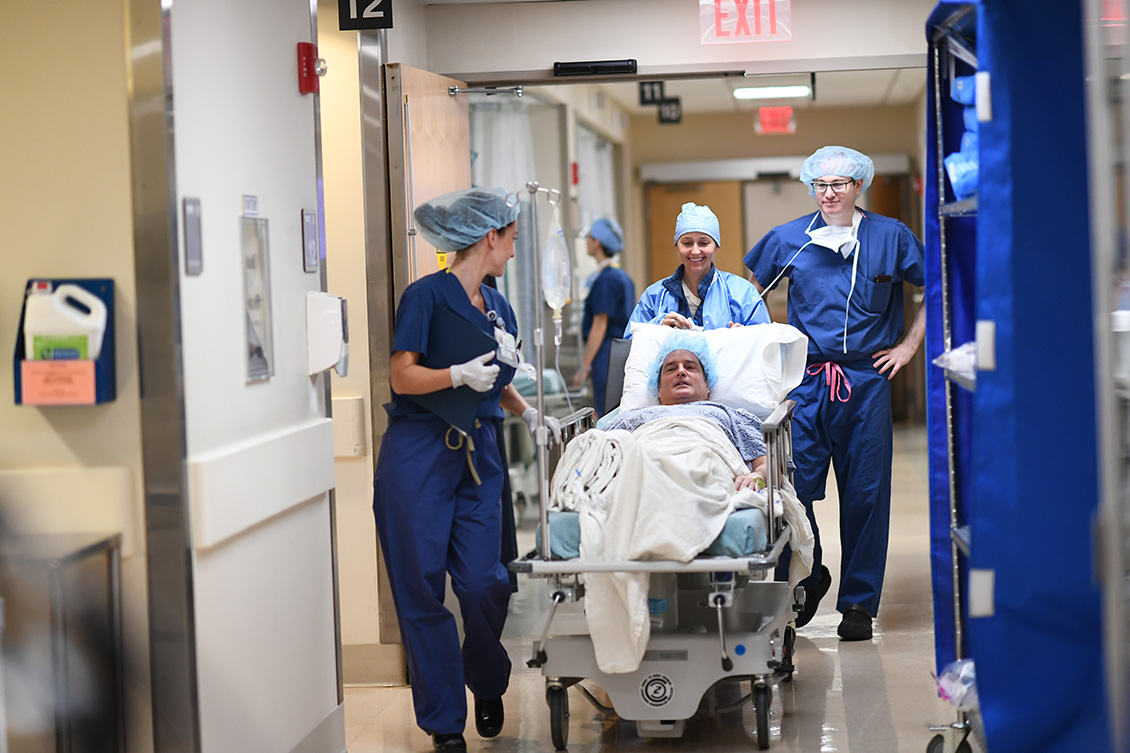-
- Find Care
-
- Visitor Information
- Find a Location
- Shuttles
- Visitor Policies
-
-
- Our Virtual Care Options
- Virtual Urgent Care
- Virtual Visits for Primary & Specialty Care
- Online Second Opinions
- Participate in Research
-
- Contact us
-
- For Innovators
- Commercialization Guide for Innovators
-
-
- Research News
- Alzheimer's Disease
- Artificial Intelligence
-
- Overview
-
- Overview
- Getting Started
- New to Mass General Brigham
- International Patient Services
- What Is Patient Gateway?
- Planning Your Visit
- Find a Doctor (opens link in new tab)
- Appointments
- Patient Resources
- Health & Wellness
- Flu, COVID-19, & RSV
- Billing & Insurance
- Financial Assistance
- Medicare and MassHealth ACOs
- Participate in Research
- Educational Resources
- Visitor Information
- Find a Location
- Shuttles
- Visitor Policies
- Find Care
-
- Overview
- Our Virtual Care Options
- Virtual Urgent Care
- Virtual Visits for Primary & Specialty Care
- Online Second Opinions
-
- Overview
- Participate in Research
-
- Overview
- About Innovation
- About
- Team
- News
- For Industry
- Venture Capital and Investments
- World Medical Innovation Forum (opens link in new tab)
- Featured Licensing Opportunities
- For Innovators
- Commercialization Guide for Innovators
- Contact us
-
- Overview
- Information for Researchers
- Compliance Office
- Research Cores
- Clinical Trials
- Advisory Services
- Featured Research
- Two Centuries of Breakthroughs
- Advances in Motion (opens link in new tab)
- Brigham on a Mission (opens link in new tab)
- Gene and Cell Therapy Institute
- Research News
- Alzheimer's Disease
- Artificial Intelligence
-
- Overview
-
- Overview
- Residency & fellowship programs
- Brigham and Women's Hospital
- Massachusetts General Hospital
- Mass Eye and Ear
- Newton-Wellesley Hospital
- Salem Hospital
- Integrated Mass General Brigham Programs
- Centers of Expertise
- Global & Community Health
- Health Policy & Management
- Healthcare Quality & Patient Safey
- Medical Education
- For trainees
- Prospective trainees
- Incoming trainees
- Current trainees
- Continuing Professional Development
To Treat Alzheimer’s and Other Disorders, a Detour Through the Nose

Groundbreaking research underway at Mass Eye and Ear is leading investigators toward a unique pathway for treating neurodegenerative disease: through the nose.
The studies, led by Benjamin Bleier, MD, Director of Endoscopic Skull Base Surgery, could help scientists bypass the most formidable obstacle to effective treatments for Alzheimer’s disease, Parkinson’s disease, and other conditions that add up to six percent of the global health burden.
That obstacle, the blood-brain barrier, is an anatomical paradox: the body’s way of protecting the brain from toxins in the environment. It also prevents 98 percent of therapeutics for brain-based conditions from reaching their target. Dr. Bleier realized that the technique used to reach the brain in endoscopic skull-base surgery—creating a hole between the nose and the brain, then reconstructing the area using nasal lining—could effectively be used as a method to deliver drugs directly to the brain. Nasal lining tissue is 1,000 times more permeable to drugs than the blood-brain barrier, and the parts of the brain involved in neurodegenerative disease are accessible directly beyond the opening surgeons typically create.
“When it comes to the nose, we like to say, ‘Location, location, location,’” noted Dr. Bleier. “The nasal cavity offers us incredible opportunities to study new drug delivery methods since it’s the only place where the central nervous system has direct access to the outside world.”
Several studies have emerged from the method, including mouse and rat models demonstrating the passage of large molecules a thousand times larger than typical drug molecules directly into the brain. One trial demonstrated that a neurotrophic factor, GDNF, preserved healthy brain cells in mice—effectively preventing the development of Parkinson’s disease. The trial garnered attention from media as well as the NIH, which just awarded Dr. Bleier’s team with a $2.5 million grant for further study.
“This is a platform technology that opens the door to delivery of effective treatments for a range of diseases—Alzheimer’s and Parkinson’s, and also pediatric seizure disorders and tumors,” said Dr. Bleier. “The horizon here is bright.”